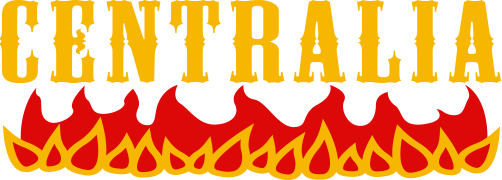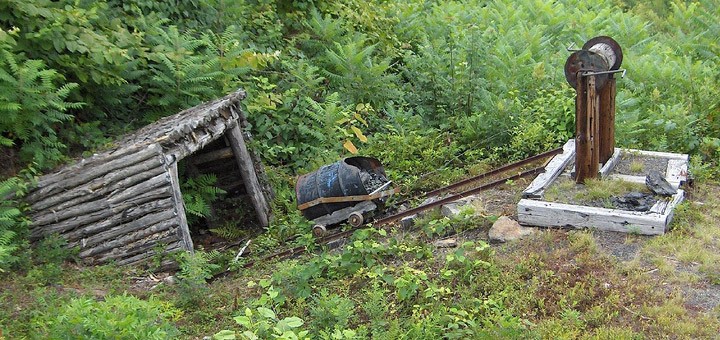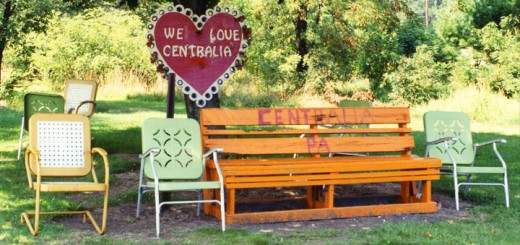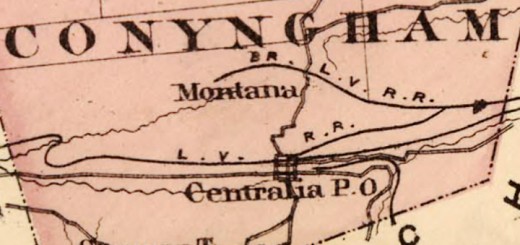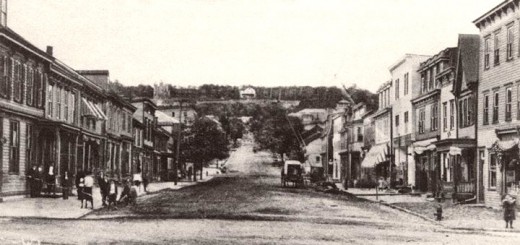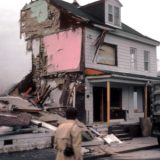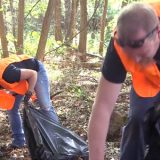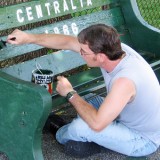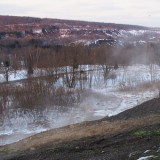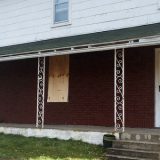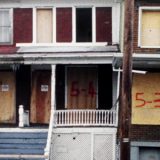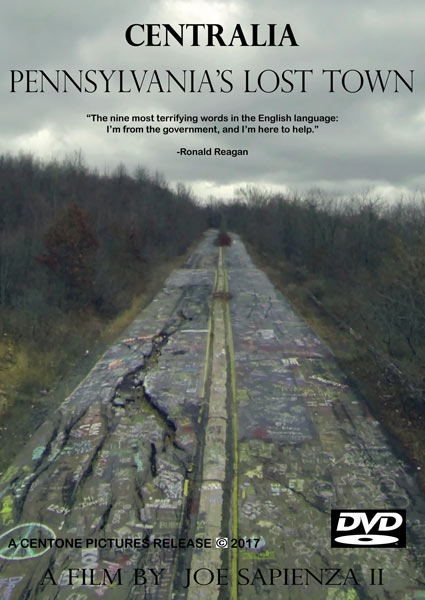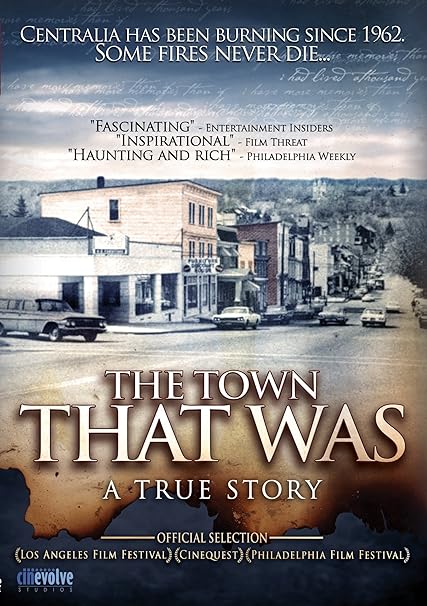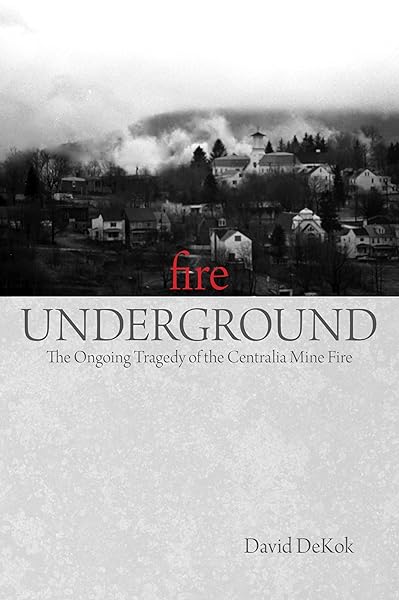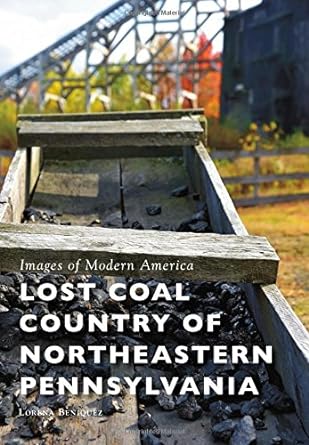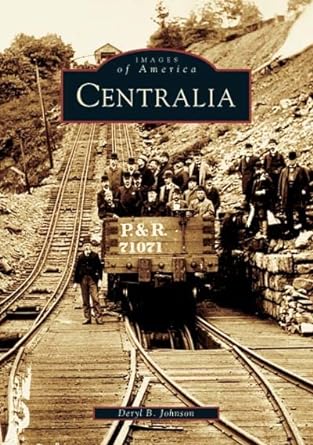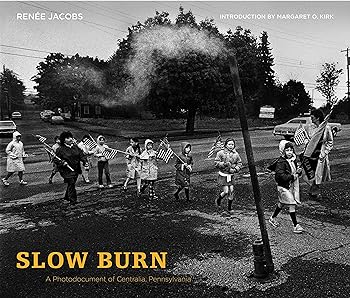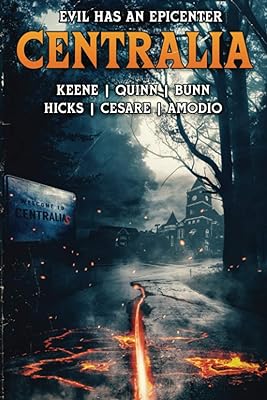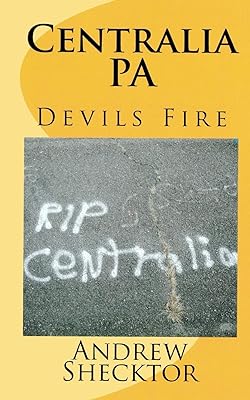Bootleg mining was one of the unique issues that complicated efforts to deal with the Centralia, Pennsylvania mine fire.
As the name suggests, bootleg mining is not an law abiding, state sanctioned form of extracting minerals from the ground. Rather, like the moonshiners during Prohibition, bootleg miners took coal without permits and often using dangerous, non-traditional techniques while doing so.
During hard economic times, like the Great Depression, many miners were out of work with few options for making a reliable income. In order to feed their families, they turned to doing whatever they could to make ends meet. This scenario played out all over the Pennsylvania anthracite coal region, including in Centralia.
Often this involved skirting around the law by digging bootleg mines or entering abandoned mines to take what coal they could find. It’s hard to tell how many bootleg mines were in and around Centralia PA, but it’s safe to say there were many.
After the Centralia mine fire began in 1962, bootleg mining caused several problems for the residents of the town. First, it enabled toxic mine gases to seep up from the ground and into their homes.
Homeowner David Lamb was particularly affected by this. By the 1970s, his home had threatening levels of gases like carbon monoxide and carbon dioxide present. It was later determined that these gases were rising from the basement. Here, the previous owner of the house had dug a bootleg mine shaft through the basement floor and into a pillar of coal. Unfortunately, this enabled gases to enter into the home from the Centralia mine fire.
Second, bootleg mining had weakened the structure of the Centralia mines, making them susceptible to collapse. Bootleg miners often utilized a technique called “pillar robbing.” Pillars were made of coal and used to support the roofs of the mines.
The coal in the pillars was too good for the bootleg miners to pass up. They would enter abandoned mines and remove coal from the pillars, typically working from the back to the front of the mine. This was done because as the pillars were mined away, the mine roof would become unstable and often cave in.
As a result, many mines in and around Centralia Pennsylvania were weakened. When the fire began to rage, it was the straw that broke the camel’s back. The mines began to collapse as did the ground above them.
While bootleg mining wasn’t sole responsible for the Centralia PA mine fire disaster, it was an important factor in complicating efforts to mitigate its impact on the people of the town.
